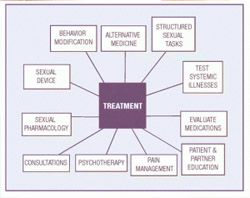The Quickest Path to Rejuvenation
Are you ready for a quick and rapid shift in your health? Would you LOVE to experience dramatic changes in your Mental and Physical health in just 1 week? If you answered yes, than you are ready to experience the natural “HIGH” of releasing built up toxic debris so your engine can function at high performance! In the Liver Detox & Rejuvenation Retreat, you will hit a home run and have every cell of your body cheering with excitement!
Are You Ready for Your Health?
Imagine the body as a sponge and it soaks up its’ environment. If our environment is contaminated today with chemicals, pesticides, herbicides, fungicides etc. than our bodies are absorbing all these toxins.
These toxins then put a lot of stress on the body because the body wasn’t designed to handle non-organic materials.
Our bodies were designed to eat, digest, absorb and eliminate whole organic food, not processed foods that are contaminated with chemicals. It was also designed to drink clean water and breathe fresh air, not polluted water and air. All of these pollutants get stored in our bodies and we have to help get them out.
Stop Being A Victim of Dis-eases!
Do Something About It!
Guess who has to deal with all this junk? Your Liver! The liver is one of the most fascinating organs of the body and it deserves our full attention. The liver has direct control over the growth and functioning of every cell in the body. When the liver dysfunctions it puts stress on all systems. The liver is a primary organ of detoxification and many toxins that the liver is supposed to detoxify can’t because it is clogged with liver & gallbladder stones. A clogged liver then puts stress on the other detoxifying organs such as the lungs, kidneys, lymphatic system and colon.
Please Note
Each of the above packages includes the following services for the duration of stay
- Accommodation as per the category of booking
- Daily Ayurvedic treatments
- Ayurvedic vegetarian full board meal
- Initial, daily and final consultation by the doctor
- Free medicines during the treatment period
- Composition of an individual Ayurveda diet menu
The following services are provided complimentary along with every package booking
- Daily Yoga classes
- One half-day backwater tour in a country boat ( only for package booking of 14 days or more)
- Airport transfer from Thiruvananthapuram
- German, Italian, French and Russian interpreters
- Any other services will be stated clearly along with the respective package.
- Duration of the treatments may vary according to the direction of the doctor and process may change depending upon the patient’s body condition.
- Final decision of the programme will be taken by the consulting doctor.
Here are some tips to support your body and mind and ease you into the season of new growth and beginnings.
- Cleanse. …
- Fast. …
- Juice fast. …
- Eat whole foods. …
- Eat & drink your greens. …
- Take your probiotics. …
- Eat foods to aid seasonal allergies. …
- Exercise & sweat.









